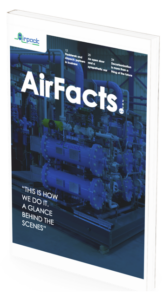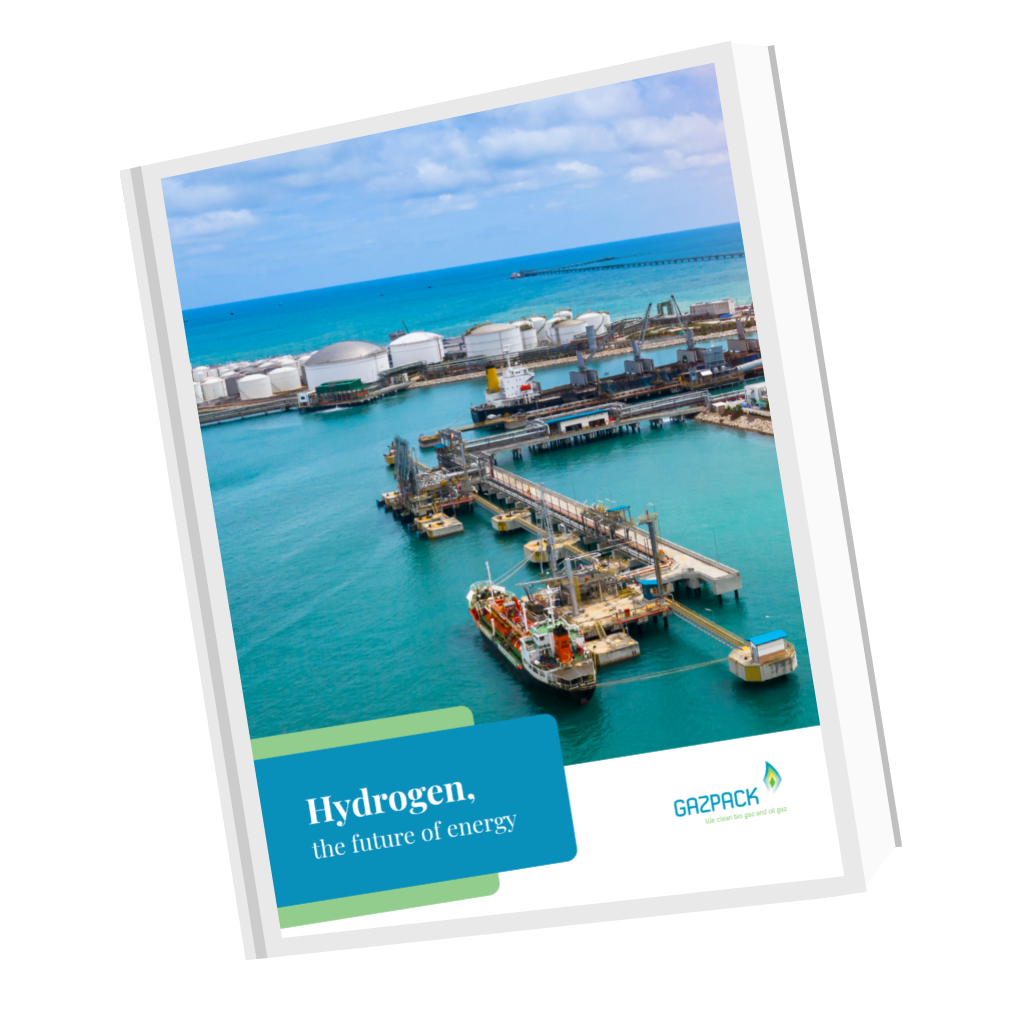Bio digester system – Sludge digestion
Looking to explore the world of biogas processing and handling solutions? Get instant access to our documents about biogas technology.
In the history of human ingenuity, many inventions and technologies are inspired by naturally occurring phenomena. The fastest, most efficient trains in the world, — the Shinkansen trains of Japan — move at over 186 miles per hour. To eliminate the sonic booms such velocity yields, designers streamlined the trains to resemble the Kingfisher’s elongated beak, since that bird flies and swims with very little splash. Similarly, those designing 21st-century wind turbines use whale fins for models: the ungainly mammals are nevertheless the most graceful swimmers, jumpers and divers in the seas because of the serrated nature of the fins.
The decomposition of organic material happens in nature all the time. Whenever dead flora, fauna, fallen leaves, abandoned grass clippings, livestock manure, food waste and sewage get sealed off from oxygen — as with a landfill or compost heap — these substances are subject to anaerobic digestion. Broken down by bacterial formations, this disintegrated matter releases methane gas (CH4) and carbon dioxide (CO2). Recognizing the economic and environmental value of harnessing methane for energy, scientists developed machines to replicate, and accelerate, anaerobic digestion. These are sometimes called bio digesters. The bio digester system is explained here.
What Happens during Anaerobic Digestion?
Anaerobic digestion passes through four stages to get to the methane:
- HYDROLYSIS — the organic matter consists of polymers, the chemical bonds of which are broken down by the bacteria to form simple sugars, amino acids and fatty acids.
- ACIDOGENESIS — the by-products of hydrolysis are further deconstructed by fermentative bacteria. The end products of acidogenesis are volatile fatty acids, ammonia, CO2 and hydrogen sulfide.
- ACETOGENESIS — the componds are broken down further to release acetic acid, as well as CO2 and hydrogen.
- METHANOGENESIS — the remainders of the preceding reactions are converted to methane, carbon dioxide, and water. Together, they compose what is known as biogas.
Biogas is often processed after production to remove contaminants and other chemicals that would impede its performance.
How Do Bio-Digesters Create Anaerobic Digestion?
A bio-digester, or eco digester, is a tank that allows no oxygen (O2) in. It does what nature does with manure, compost etc except that those materials — or substrate — undergo immediate O2 deprivation, inciting biodigester chemical reactions. First, the substrate is received and collected after which it may undergo pre-treatment to make the process smoother. Once secured in the digester itself, the organic matter then passes through the four stages noted above. When the micro-organisms have done their work, the biogas is separated from the digestate, i.e. the solid matter that remains. At this point, the biogas itself must be treated to remove chemical compounds detrimental to storage, transport and human health.
Are All Bio-Digesters Designed the Same?
Because biogas is used to generate electricity, on the one hand, and also used for vehicular fuel and heating, there are different schemes for its anaerobic production. The size and scope of its use also affects bio digester plant design.
- Covered Anaerobic Lagoon — the organic matter settles in a large, enclosed pool that is covered with a flexible canopy. When the biogas is collected, it flows directly to the combustion device. This design is optimal when the substrate is in slurry or liquefied form.
- Plug Flow Digester — this works best when the substrate, e.g. cow manure, is scraped from floor slats, as in a dairy facility. Plug flow tolerates solid matter better than the anaerobic lagoon. Covering here can be either flexible or rigid, and the biogas is stored beneath it.
- Complete Mix Digester — this is an often above-ground tank, enclosed and heated with a hydraulic system for gas mixing, set upon a concrete foundation. The substrate is fed to a reception pit connected to the tank. This design is often used with wastewater and as a sewage digester, tolerating a solid component of 10 percent or so. Tank shapes and sizes vary.
- Induced Blanket Reactors — these operate on the principle of sludge digestion. A blanket of sediment forms that maintains the bacteria necessary for anaerobic digestion. The organic material then passes through it as sludge digestion takes place.
The above are primarily digesters for livestock manure but the design principles are equally applicable to other feedstocks. The important factor is content proportion between liquid and solid.
What Happens to the Leftover Organic Matter?
Anaerobic digestion separates biogas from substrate leaving something called digestate. This can be more on the fibrous side or more akin to slurry — like much farm digeste. Most often, this is applied like fertilizer, as a soil conditioner, with good results. Digestate is also a component of certain plastic composites as well as bedding for cattle.
They Need Not Be Large
True, a methane bio digester can be large enough to power a neighborhood or fuel a public transit fleet. At the same time, a methane gas digester can be small enough to fit in a house, providing gas for cooking and home heating fuel. A biogas digester for sale varies in value so biodigester cost is likewise variable.




